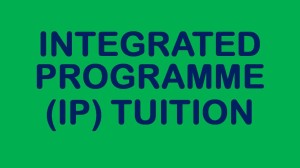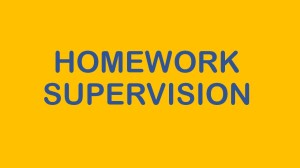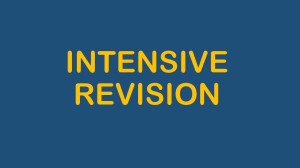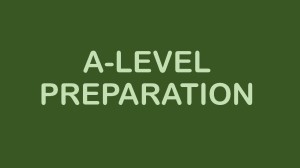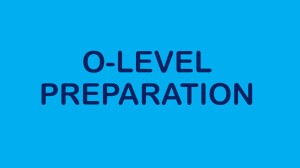Be aware that there are Mathematics gaps that need to be handled with care:
The following is derived from my eight years of teaching mathematics from
Primary 1 level to JC 2.
1st Gap – From Lower Primary to Upper Primary:
Somewhere in Primary Three problem sums that require the drawing of simple
models begin to appear and in some schools, this happens in P2 and even P1.
However, these problems tend to be simple enough so as not to cause problems for
students who don’t draw models. Generally, parents report their children doing
badly and losing interest in math in P4. This is because in P4, complex problem
sums begin to appear. It also coincides with the appearance of Decimals. Thus
students who have not mastered Fractions as well as simple models by the end of
P3 will find P4 a tough and demoralising year, with some probably staying away
from Math for the rest of their lives. However, in P4, Section C (problem sums)
still only take up about 20% of the marks, so pupils will still survive and
scoring above 75% is not a problem for the hardworking student who is not
careless.
However, this ecstasy is short-lived. In P5, Ratio, Average and
Percentages start to appear, on top of decimals and fractions, and only the
well-taught and discerning student will understand that they are all roughly the
same thing in different forms. To add to the agony, Section C in P5 takes up
about 45% of the total marks! It is a very big jump from P4; students can no
longer afford to just concentrate on their short questions in order to score a
Band 1. P5 is the year that separates the men from the boys (or the women from
the girls). In P6 or PSLE, Section C’s weightage is increased to about 55%,
wiping out all remaining students who have not mastered complex problem sums and
non-routine questions. That is NOT the bad news yet. The worse news is, the
joy of quite a number of students who scored A-star in math at PSLE is also
short-lived (I have encountered quite a number of students doing badly in
secondary math even though they scored A-stars or A’s at PSLE).
2nd Gap – From P6 to Sec 1:
Why is it that some students can score A-stars or A’s at the PSLE yet become average or even failures in math at the secondary level? The answer lies in two words – Algebra and presentation. It’s unfortunate that even at the upper primary level, students are not taught to form and solve equations using algebra, and they are also not taught how to present their answers in logical and coherent mathematical statements. Thus I find that many Sec 1 students provide math workings that will not earn full marks by ‘O’ level standards, and these habits are hard to change. Inability to use algebra properly also means inability to master important fundamentals such as algebraic expansion, factorisation and manipulation, resulting in poor performance at the upper secondary and JC levels.
Whenever I ask an upper secondary or JC student to state the main reason why he thinks he’s doing badly in math, the reason given is almost always that he had difficulty handling algebraic concepts and formulae while in Sec 1 and Sec 2. Thus parents and students need to comprehend fully the importance of mastering algebra in the lower secondary years.
3rd Gap – From Sec 2 to Sec 3:
Even students who perform well in Sec 1 and Sec 2 may suddenly suffer a drop in their math performance by the middle of Sec 3. This is largely due to the full impact of Additional Math and the pure sciences taking place and finally being felt by students around that time. A. Math can be a shock to some students who are not used to algebra-intensive questions with solutions that are one-page long. Trigonometry in A. Math is also substantially more difficult to grasp than it’s counterpart in elementary Math.
4th Gap – From Sec 4 to JC 1:
H2 Math is more shocking to new JC students than A. Math is to new Sec 3 students. H2 Math is significantly more difficult than A. Math and from my experience, students who do not get an A1 for A. Math will have a hard time even in completing their JC tutorial worksheets. This is because on top of having to write out solutions that are often more than one page long, students have to familiarise themselves with a new graphical calculator. Many topics in H2 Math are also completely new to students, such as Complex Numbers, Series and Sequences and Probability Distributions, just to name a few. H2 Math is also difficult for most students because some parts of its topics are taken from the former subject Further Math, which was meant for only top students in Math. Thus it is not surprising to find many students failing in Math tests in their first year in junior college. From my experience, two topics in H2 Math that most JC students complain about are Complex Numbers and Vectors. This is largely because these topics speak their own language.
My main point is – Concerned parents must monitor their children’s
mathematical development extra closely when the kids go through the above
stages.
Good luck.
Best Regards,
Ilyasa
Related Links:
FREE SEC 1 MATH TUITION AT SINGAPORE LEARNER!
Integrated Programme subject combination and promotion criteria
What happens at the end of Y4 IP?
Tips on how to Excel in Integrated Programme
What to do if you are failing in Integrated Programme?
EDUCATIONAL SERVICES:
______________________________________________________________
